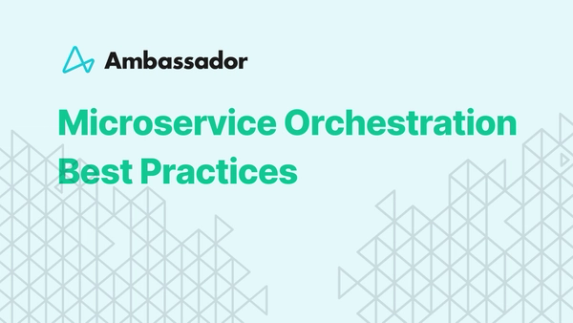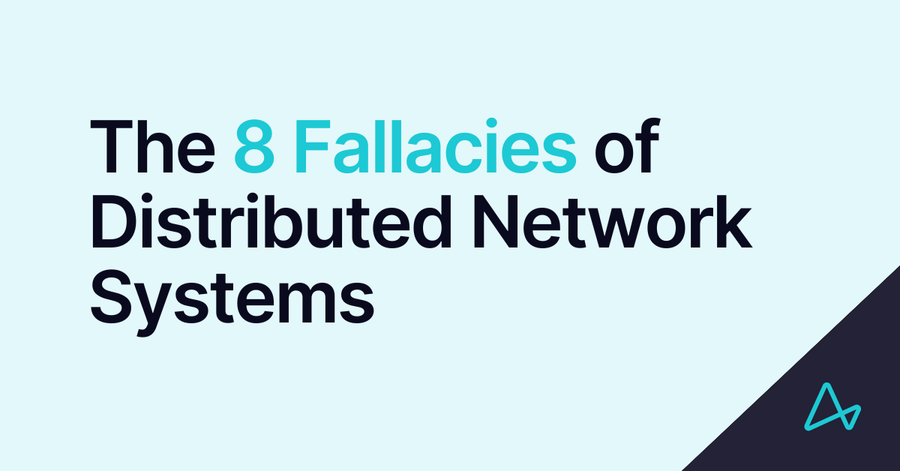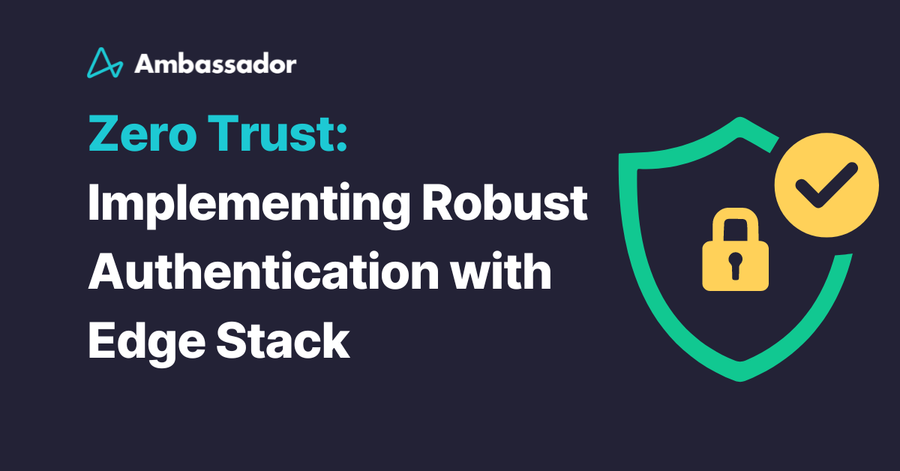
Exploring the Symbiotic Relationship Between AI and DevOps: An In-Depth Look
Explore the transformative relationship between AI and DevOps, highlighting developers' roles and platform engineering's impact on AI advancements.



Explore the transformative relationship between AI and DevOps, highlighting developers' roles and platform engineering's impact on AI advancements.


Imagine a popular e-commerce platform that relies on distributed network systems to handle thousands of transactions per second. Developers, in their pursuit of building a seamless user experience, make certain assumptions about the network infrastructure that powers their platform. However, these assumptions can prove detrimental to underlying network infrastructure if not carefully examined and accounted for. As the old saying goes when you assume you make an “*ss out of u and me,” and when that’s applied to the complex world of network technology–that mess gets even greater. These assumptions, known as the Fallacies of Distributed Network Systems, can lead to critical errors and vulnerabilities if not properly addressed. In this comprehensive guide, we will delve into each of these fallacies, exploring their effects and providing practical solutions to mitigate their impact.


Explore API Federation: the key to a cohesive, standardized API that promotes flexibility and agility within your service ecosystem.


Zero Trust generated huge momentum in 2023. Okta’s The State of Zero Trust Security 2023 states that 61% of organizations are already implementing Zero Trust, with another 35% planning to soon. 2023, Gartner’s Strategic Roadmap for Zero Trust Security Program Implementation report was published, detailing how to define your roadmap to Zero Trust. It might come as a surprise to learn that Zero Trust was first described 30 years ago this April in 1994. Why has it taken so long to gain traction? It comes down to the technology not being in place. But in 2024, with Kubernetes and solutions such as Edge Stack API Gateway, service meshes, mTLS, and other advanced security technologies, organizations now have the tools they need to effectively implement Zero Trust architectures and secure their APIs dynamically and scalable. A vital component of that is robust authentication. If you can’t determine who your users are, you can’t then use that information throughout your infrastructure to control access. Let’s see how you can implement authentication with Edge Stack API Gateway as the start of a Zero Trust framework.


In February 2018, GitHub was hit by a massive Distributed Denial of Service (DDoS) attack launched to take the site offline. The DDoS attack flooded the site with 126,900 packets per millisecond, sending over 125 GB of data to the website per second. It worked—but only just. The site was offline for only 20 minutes before mitigation defenses to prevent DDoS kicked in to limit the attack. At the heart of these would have been rate limiting, reducing the requests that users can make in a given time frame. This simple yet highly effective strategy to prevent DDoS attacks should be one of the initial security measures you implement when deploying a service. Here, we want to take you through how to think strategically about rate limiting and how you can implement best practices when configuring your Kubernetes API gateway.


In today's cloud native landscape, microservices have become the go-to architectural approach for building scalable and resilient applications. However, managing the communication between these microservices can be complex. This is where a service mesh comes into play. Let’s delve into the concept of a service mesh, how it works, why it is essential, and highlight some of the top service mesh products available in the market. Learn about the service mesh, how it works, why you need it, and the top 4 service mesh products. What is service mesh? A service mesh is a dedicated infrastructure layer that controls service-to-service communications over a network, thereby allowing microservices to communicate with and sometimes across each other.
